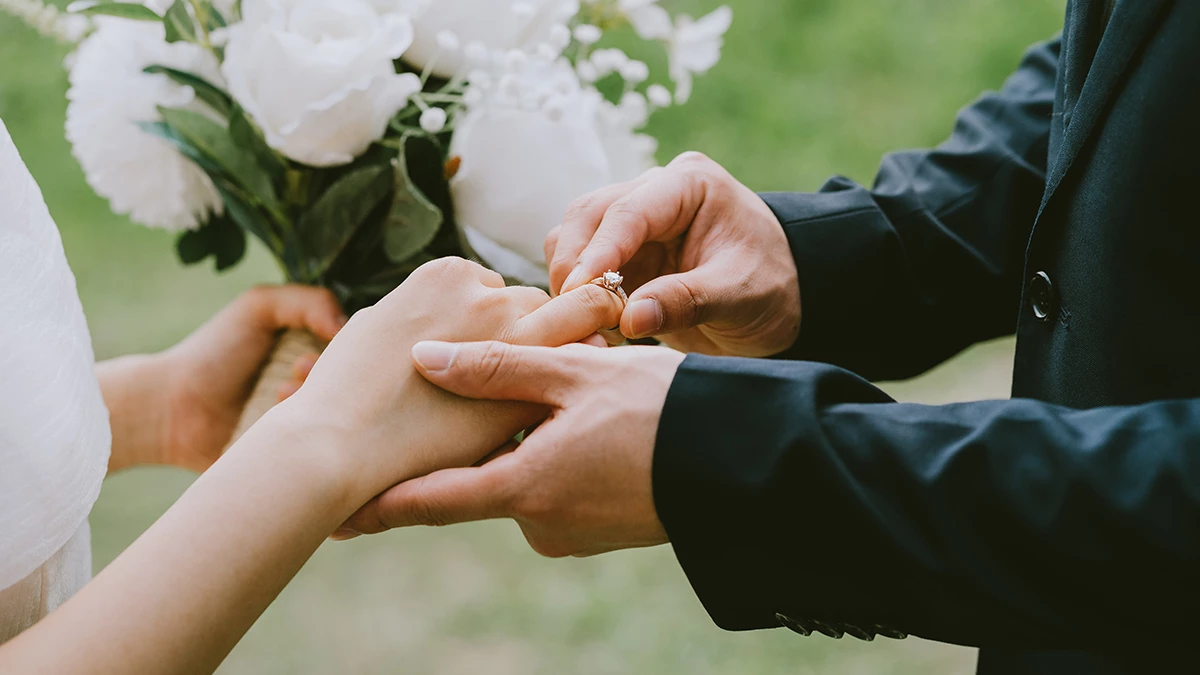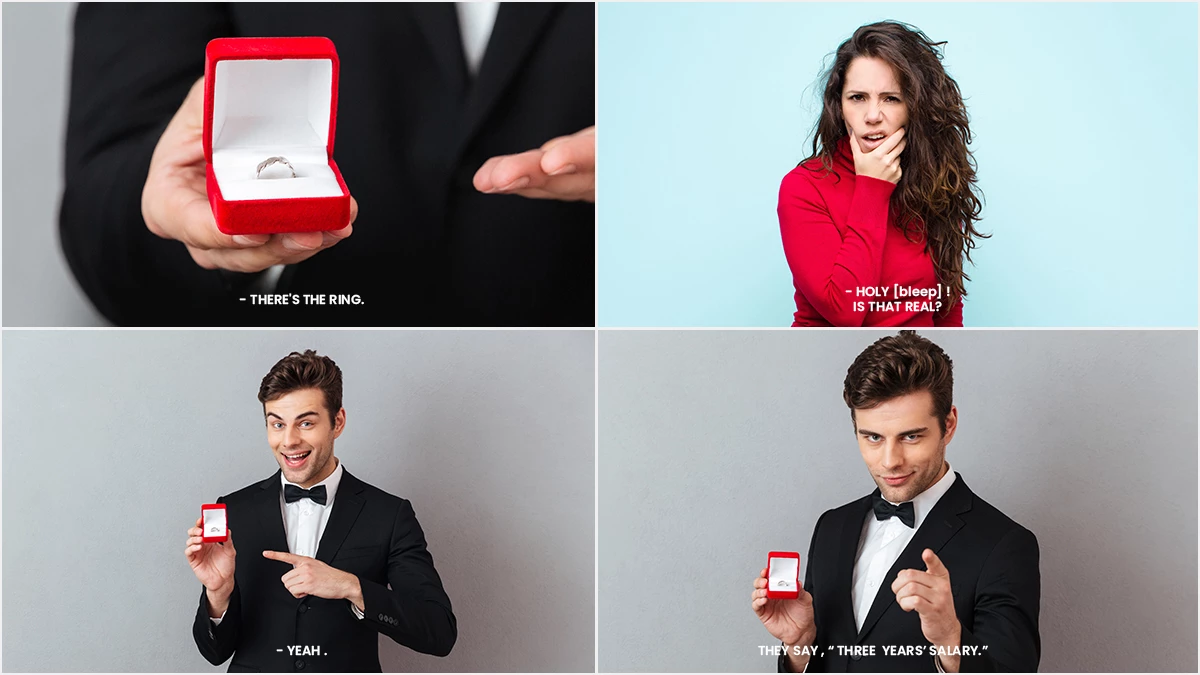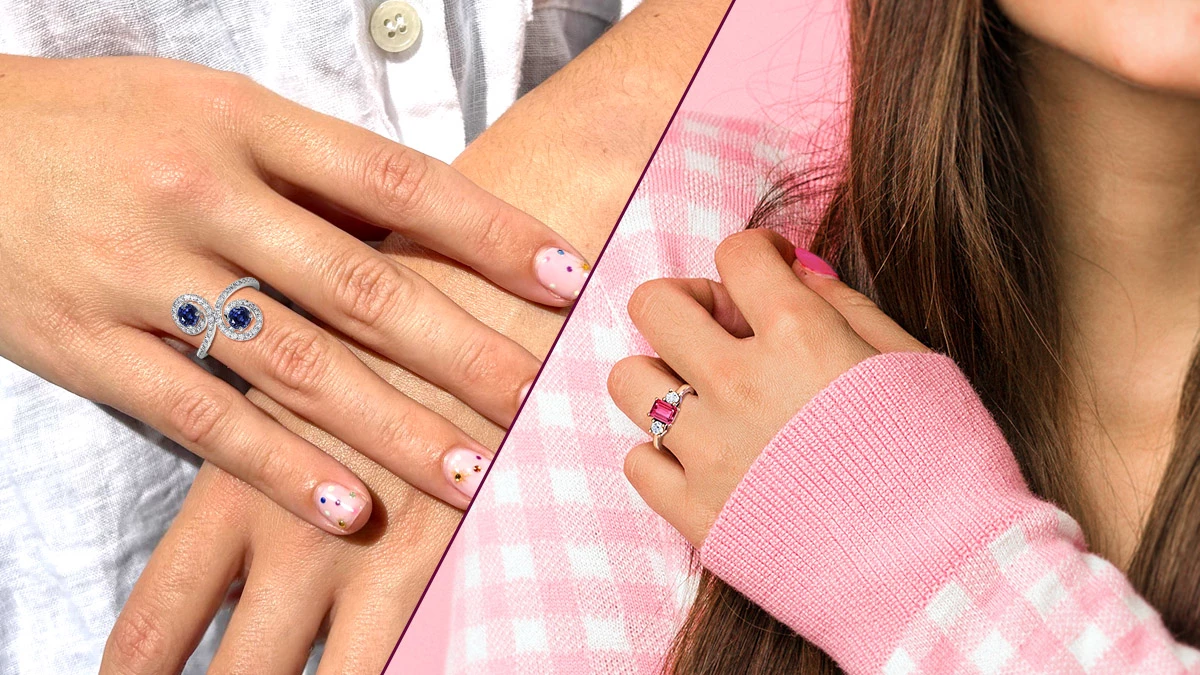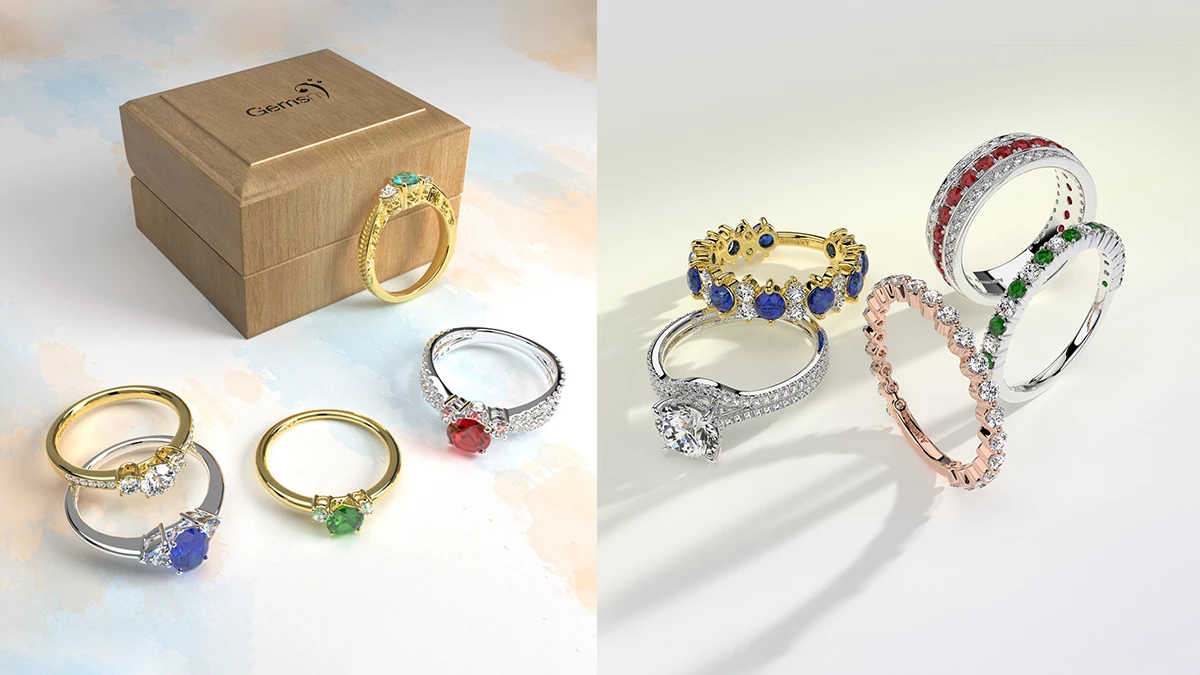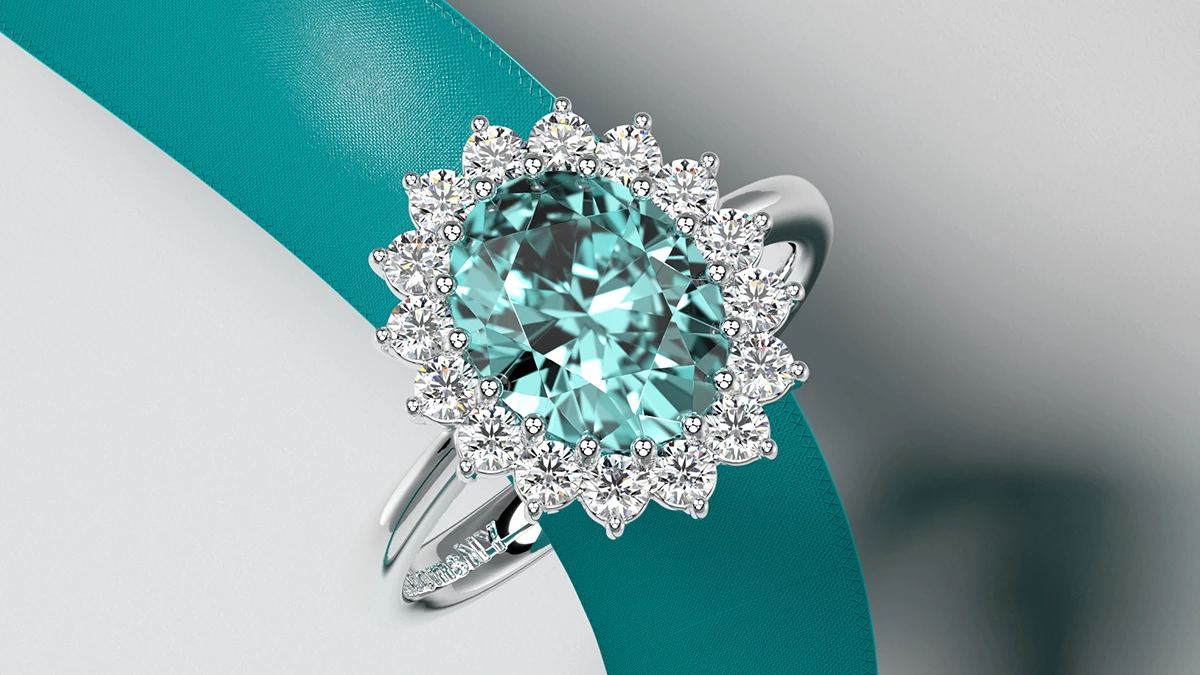Engagement holds deep importance as a pre-wedding ceremony, symbolizing the commitment between a bride and groom. This event marks the commencement of an exciting journey for the couple and serves as an extension of familial connections. But, have you ever wondered what sort of engagement traditions are followed around the world? Distinctive engagement rituals and customs vary across countries, exemplifying the rich diversity in how this event is celebrated. For instance, Asian nations showcase customs that differ significantly from those in other parts of the world.
Engagements, irrespective of traditions, share a common thread of love. While some may be heartwarming, others might seem confusing; however, the essence remains rooted in the deep connection among the individuals involved. Many engagements incorporate exchanging of engagement rings and others follow specific rituals. Let’s take a look at different countries’ engagement traditions.
United States of America (USA)
The USA, situated in North America, draws people globally with its diverse appeal. Engagement traditions in the country align with Western customs, where the groom bends on one knee, offering flowers to express love. A woman in general, expects this sort of romantic proposal when her beau will genuflect to seek her hand in marriage. It’s customary for the man to present a diamond or gemstone engagement ring featuring sapphire, emerald or ruby to his girl and make the big announcement.
Latin America
Latin American engagement traditions vary across the region but often involve formal announcements to family and friends. In some countries such as Mexico, it is common to have a formal dinner wherein the couple announces their engagement. Couples in Argentina exchange engagement rings, similar to wedding bands with diamonds, during private ceremonies. In Brazil, engagement parties are elaborate affairs with music, dance and feast. Throughout Latin America, the engagement period is a time for families to come together and celebrate the union.

Africa
In Africa, engagements are significant social events, involving the families and friends of the couple. Traditional ceremonies such as giving of gifts and the exchange of symbolic items mark the formal agreement between families. These engagements often serve as a prelude to the wedding ceremony, allowing time to families to prepare for cultural rituals to be celebrated. Throughout Africa, engagement traditions emphasize the importance of family and community in the union of two individuals.
Germany
In Germany, engagement ceremonies have evolved, becoming less casual compared to those in the USA. Originally, the process involved one partner presenting a promise ring bedecked with precious gems such as sapphire or emerald. This ring was given during the dating phase and was worn on the left hand to represent commitment. Today, cultural shifts have introduced changes. Modern German engagements often begin with the exchange of gold bands, worn on the fourth finger of the left hand, symbolizing the couple’s intent to marriage. These rings serve as a pledge for their future union. The ceremonies nowadays include a formal announcement, known as banns, involving community members who can influence the wedding progression. Blessings, gifts and meaningful rituals contribute to making engagement ceremonies unique and special in Germany.
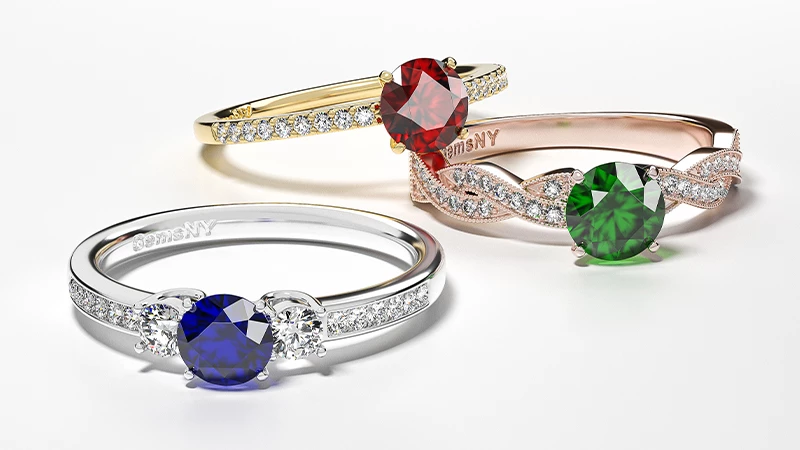
China
In the bygone era, Chinese engagement ceremonies involved parents hiring matchmakers to facilitate the process. Though in modern China, engagement ceremonies are similar to those in the Western world, where the acknowledgement of the event occurs officially when a man proposes to his woman. Today, couples often exchange unique engagement rings as a token of their love and the event may include a formal announcement to family and friends. Besides, traditional families exchange hongbao (red envelopes) or significant gifts, further enriching the celebration of love and union.
Japan
The engagement ceremony, referred to as Yuino, is a notable tradition characterized by a series of celebratory feasts and the exchange of gifts. The families participating in this ceremony share profound presents, sealing the commitment. Unlike in the past, the ceremony is now flexible in terms of location and doesn’t necessarily require a mediator. Before the commencement of the Yuino ceremony, the groom and his parents arrive at the ceremonial room, following certain etiquette. Further, the bride and her family join for the feast, emphasizing the exchange of gifts as the focal point of the event.
New Zealand
New Zealand engagement traditions often blend contemporary customs with Maori cultural elements. Engagement ceremonies may include elements of the traditional Maori powhiri, a welcome ceremony where the couple is greeted and accepted into each other’s families. Maori rituals such as the exchange of pounamu (a greenstone) or the sharing of hongi (traditional Maori greeting which involves pressing of noses together), may also be incorporated. Engagements in New Zealand also involve outdoor activities and celebrations, mirroring the connections aborigines have with nature.
Europe
In some European countries such as France and Italy, diamond engagement rings are exchanged. Whereas in some other countries such as Greece, traditional ceremonies involve the blessing of the priest during the ring ceremony. In Eastern European countries such as Poland and Hungary, engagement parties are celebrated with family and friends. Throughout Europe, engagements are seen as an important step towards marriage, often accompanied by formal announcements to relatives.
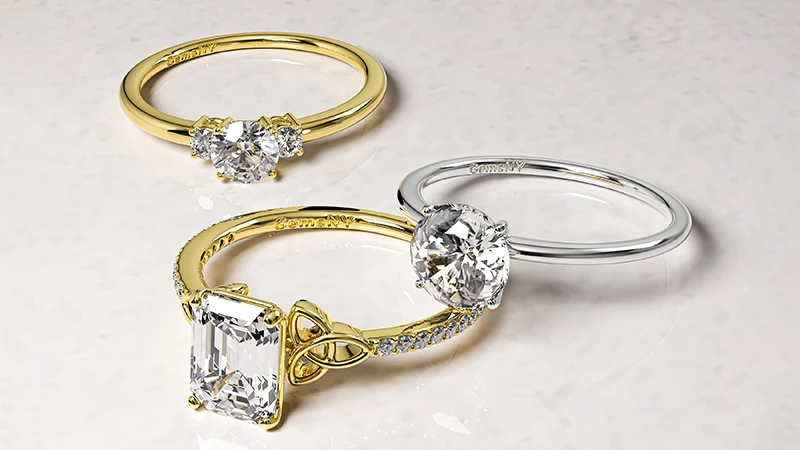
India
India is a diverse Asian country, boasting a tapestry of engagement traditions that differ across its states. The engagement ceremonies of Hindus, Muslims and Christians have different customs and traditions. Nevertheless, families play a vital role, not just witnessing but also formally announcing the wedding date. These engagements extend beyond the immediate families, as invitations are extended to relatives and guests to partake in the joyous celebration. Across India, a mosaic of engagement customs mirrors the cultural richness and regional nuances prevalent in this vast and varied land.
The engagement ceremonies in Bengal, Rajasthan and Odisha each have their unique customs. In Bengal, the ‘Ashirbad’ ceremony at the bride’s home involves elders blessing the couple. Marwari engagement in Rajasthan, known as ‘Sagaai’, commences with elders’ blessings, gift exchanges and the ring ceremony. In Odisha, the ‘Nirbandh’ ceremony represents mutual respect through gift exchanges between families, reinforcing cultural heritage and familial ties through vibrant rituals.
The tapestry of engagement traditions worldwide weaves a rich cultural mosaic, each thread contributing to the vibrant celebration of love and commitment. When you embark on the new chapter of your life, may your ring echo your love connection and family traditions. And if you are planning to propose, explore our exquisite gemstone rings, bedecked with sapphires, emeralds, rubies, alexandrites and many more captivating gemstones all available at incredible prices.
